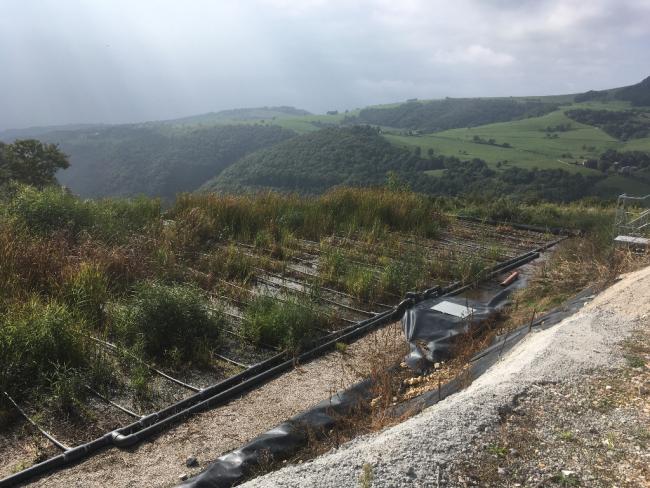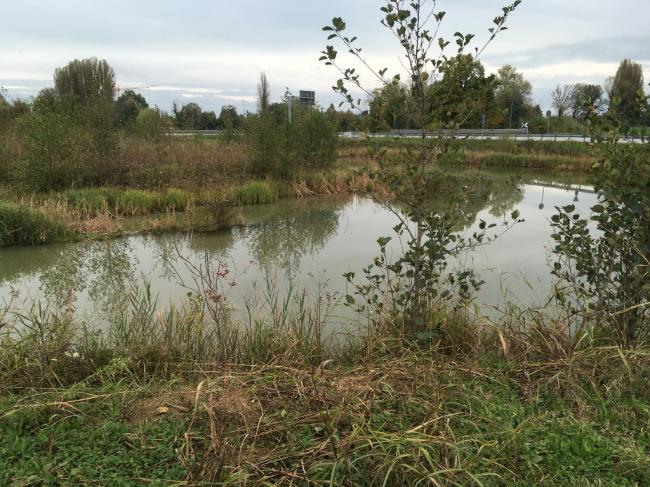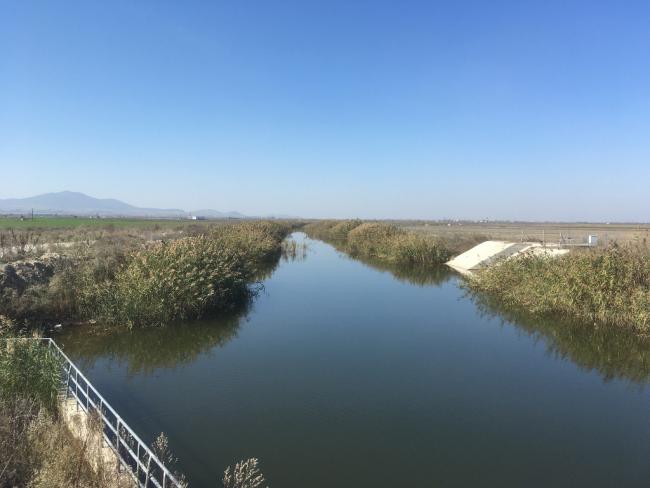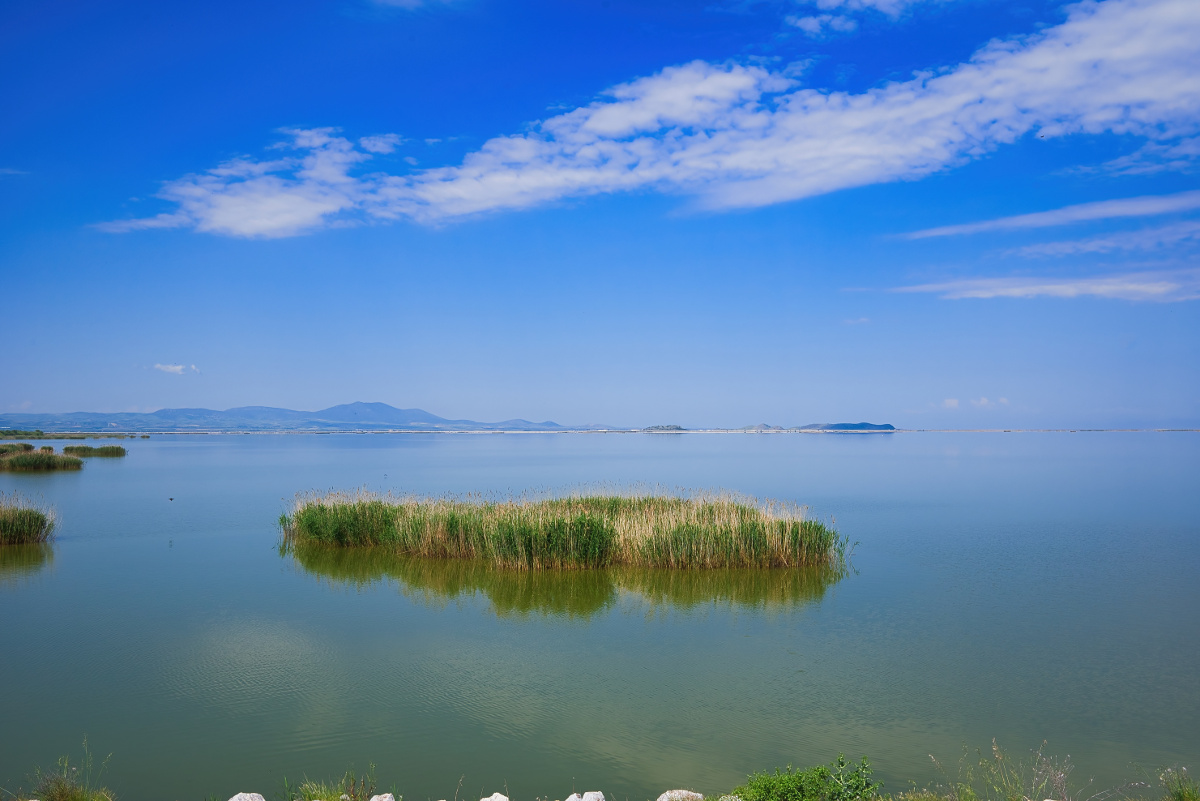What are nature-based solutions?
Nature-based solutions are innovations inspired and supported by nature, which are cost-effective, simultaneously provide environmental, social and economic benefits and help build resilience. They bring more, and more diverse, nature and natural features and processes into cities, landscapes and seascapes, through locally adapted, resource-efficient and systemic interventions. Nature-based solutions must benefit biodiversity and support the delivery of a range of ecosystem services.
The European Union is committed to developing nature-based solutions and supports various initiatives in this direction, including research and innovation projects.
Nature-based solutions are supported in many different contexts, by a wide range of actors around the world.
Nature-based solutions are actions to protect, sustainably manage, or restore natural ecosystems, that address societal challenges such as climate change, human health, food and water security, and disaster risk reduction effectively and adaptively, simultaneously providing human well-being and biodiversity benefits. For example, a common problem is the flooding in coastal areas that occurs as a result of storm surges and coastal erosion. This challenge, traditionally tackled with manmade (grey) infrastructure such as sea walls or dikes, coastal flooding, can also be addressed by actions that take advantage of ecosystem services such as tree planting.
Nature-based solutions are actions to protect, sustainably manage, and restore natural and modified ecosystems that address societal challenges effectively and adaptively, simultaneously benefiting people and nature. Nature-based solutions address societal challenges through the protection, sustainable management and restoration of both natural and modified ecosystems, benefiting both biodiversity and human well-being. Nature-based solutions are underpinned by benefits that flow from healthy ecosystems. They major challenges like climate change, disaster risk reduction, food and water security, biodiversity loss and human health, and are critical to sustainable economic development.
Nature-based solutions for better water management
Nature-based solutions are cost-effective actions to address water management issues in agriculture. Their implementation requires an assessment of costs and benefits compared to their “grey” alternatives, as well as the definition of appropriate business models to secure their broad uptake and sustainable operation. Discover three selected typologies of nature-based solutions:
treatment wetlands for the removal of excess nutrients from manure and the stabilization of sludge
buffer strips, ponds and vegetated drainage ditches for diffuse pollution control
ponds for water storage and managed aquifer recharge to address irrigation demand
JRC Policy Report
Annexes
Treatment wetlands
Treatment wetlands are a well-established nature-based solution for wastewater and sludge, particularly for the treatment of domestic effluents in small agglomerations or for the polishing of secondary wastewater treatment plant effluents. They are typically designed as free-surface water ponds or tanks, or tanks filled with gravel (called beds) through which water may percolate and flow either horizontally or vertically.

Treatment wetlands enable the removal of excess nutrients from manure in areas with limitations on fertilizer application and the stabilization of sludge. Reed beds are a cheap and operationally simple option for the treatment of sludge that may be often financially self-sustainable. They produce a compost that can be used to increase the organic matter content of soils. Reed beds can treat domestic wastewater sludge with little runoff and industrial contributions, likely to contain low levels of metals and other persistent contaminants. Their long retention time ensures the degradation of the less persistent chemicals and, potentially, a sludge of good chemical quality that could be a valuable soil conditioner.
Buffer strips and ponds
A series of diffuse elements, including buffer strips, vegetated drainage ditches and free surface wetland ponds that intercept runoff before it is discharged to the receiving water bodies, can be used to control the diffuse pollution due to excess nutrients from agricultural fields or other contaminants, such as pesticides and suspended sediments. This type of interventions becomes particularly effective when implemented systematically over a catchment, thereby intercepting a significant percentage of the total runoff thereby produced.
Free water surface wetlands and vegetated drainage ditches operate the removal of nutrients and sediments by providing conditions for the settling of suspended solids, nutrient uptake by the aquatic vegetation, and denitrification by microorganisms in a complex ecosystem reproducing the conditions of natural wetlands. Buffer strips operate on the same principle, but through the uptake of nutrients by plant roots, entrapment of sediments and denitrification in soils. Buffer strips may be designed to intercept surface flow, subsurface or groundwater flow, or both.

The broad implementation may be cost-effective in reducing nutrient and pesticide loads to the receiving water bodies. They require public investments or payments to farmers, as they represent net costs for them. Ponds to store water for irrigation may be sustainable investments for farmers, but their design, oriented to support biodiversity, entails extra costs that should be compensated in order to make them feasible. Similar considerations apply to in-stream retention measures, such as two-stage design of drainage channels.
Water storage
Nature-based solutions for the collection and storage or retention of water can provide benefits in terms of water harvesting, flood mitigation or a combination of the two. Each aspect depends strictly on the volume of water available for these purposes. Depending on how the storage volumes are implemented, they may associate their hydrological function to an ecological, as well as a socioeconomic function. Among nature-based solutions for water storage we consider three strategies for water retention solutions that have a catchment-scale relevance:
small farm-scale reservoirs in the form of ponds
large reservoirs restoring natural lake habitats
restoration of the retention capacity of soils

In some cases the implementation of nature-based solutions can be the opportunity to restore valuable ecosystems while improving water management. Ponds for water storage and managed aquifer recharge can also address irrigation demand. Usually measures at the scale of the catchment require public support to trigger the investments needed to deliver the full benefits. In other cases it may be possible to obtain significant benefits with relatively simple management changes, entailing limited costs.
Potential to implement nature-based solutions in Europe
Some indicators represent the intensity of "demand" for nature-based solutions, including:
presence of diffuse pollution loads
excess manure and sewage sludge
soil erosion and pesticide loads
summer deficit of precipitation with respect to potential evapotranspiration
lack of biodiversity at the landscape scale
intensity of extreme precipitation requiring flood buffering.
Explore the criteria to map the favourability to investments in the selected nature-based solutions typologies for agricultural water management, their costs and effectiveness.
JRC Technical Report
Annexes to JRC Technical Report
Discover and identify the areas where each typology can be implemented, taking into account various constraints.
Case studies
Usually NBS are designed on a case-by-case basis. It is very difficult to propose general design principles, and the economic, social and ecological benefits must be evaluated in the specific context. While guidance documents exist, it is often useful to take inspiration from available case studies.
Discover a few cases where NBS have been analysed in-depth in their technical, economic and social/ecological aspects.
Treatment wetlands
Buffer strips and ponds
Water storage
Maps and info tools
Areas compatible with the implementation of NBS
Interactive map of agricultural areas suitable to the implementation of various types of nature-based solutions
Demand for primary services from NBS
Interactive map of demand for primary services expected from nature-based solutions
Demand for secondary services from NBS
Interactive map of demand for secondary services expected from nature-based solutions
Effectiveness of NBS at NUTS2 level
Interactive map of effectiveness of nature-based solutions - Data aggregated by NUTS2
Catchments suitable for NBS
Query the interactive map to detect catchments suitable for NBS



